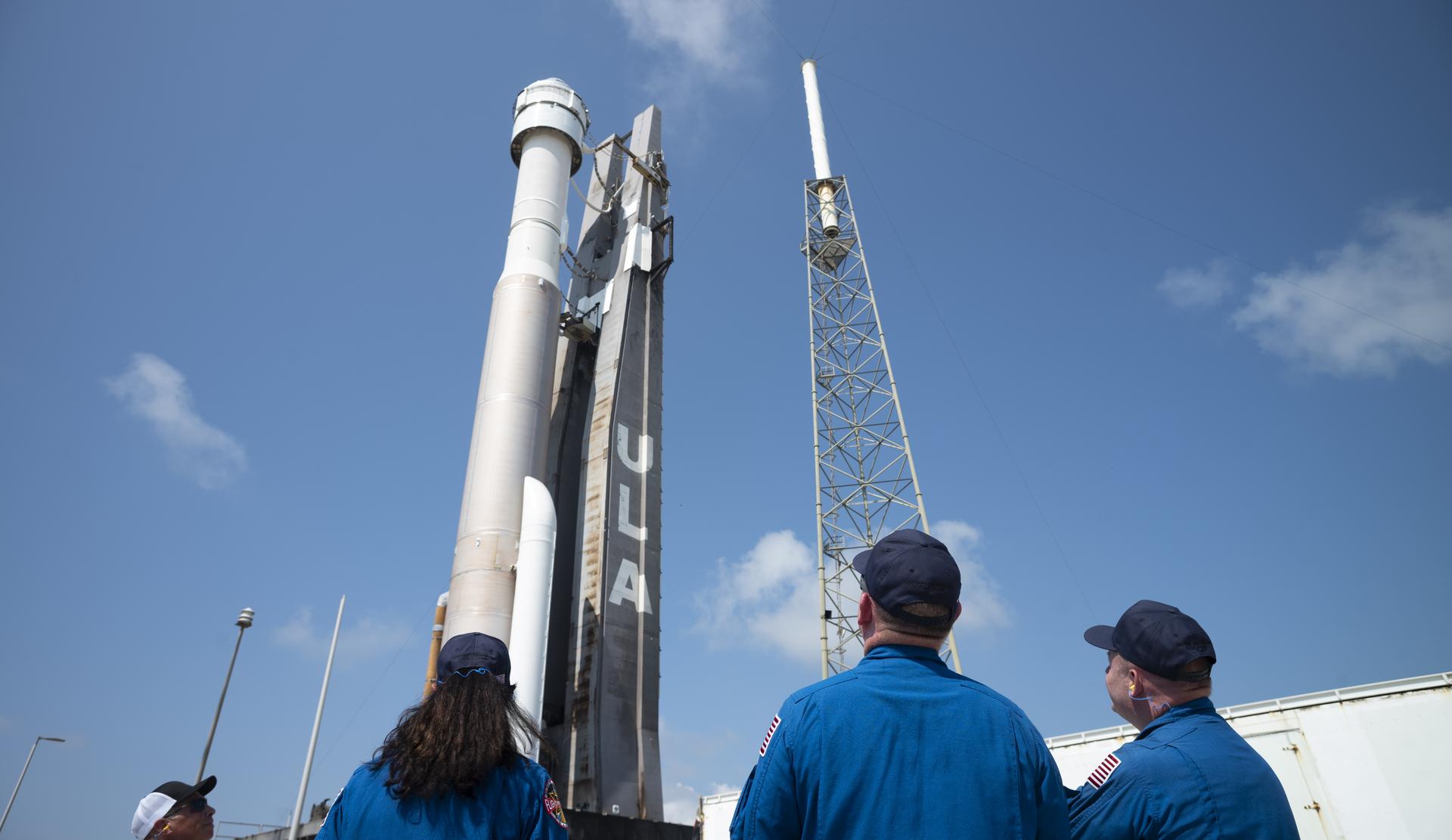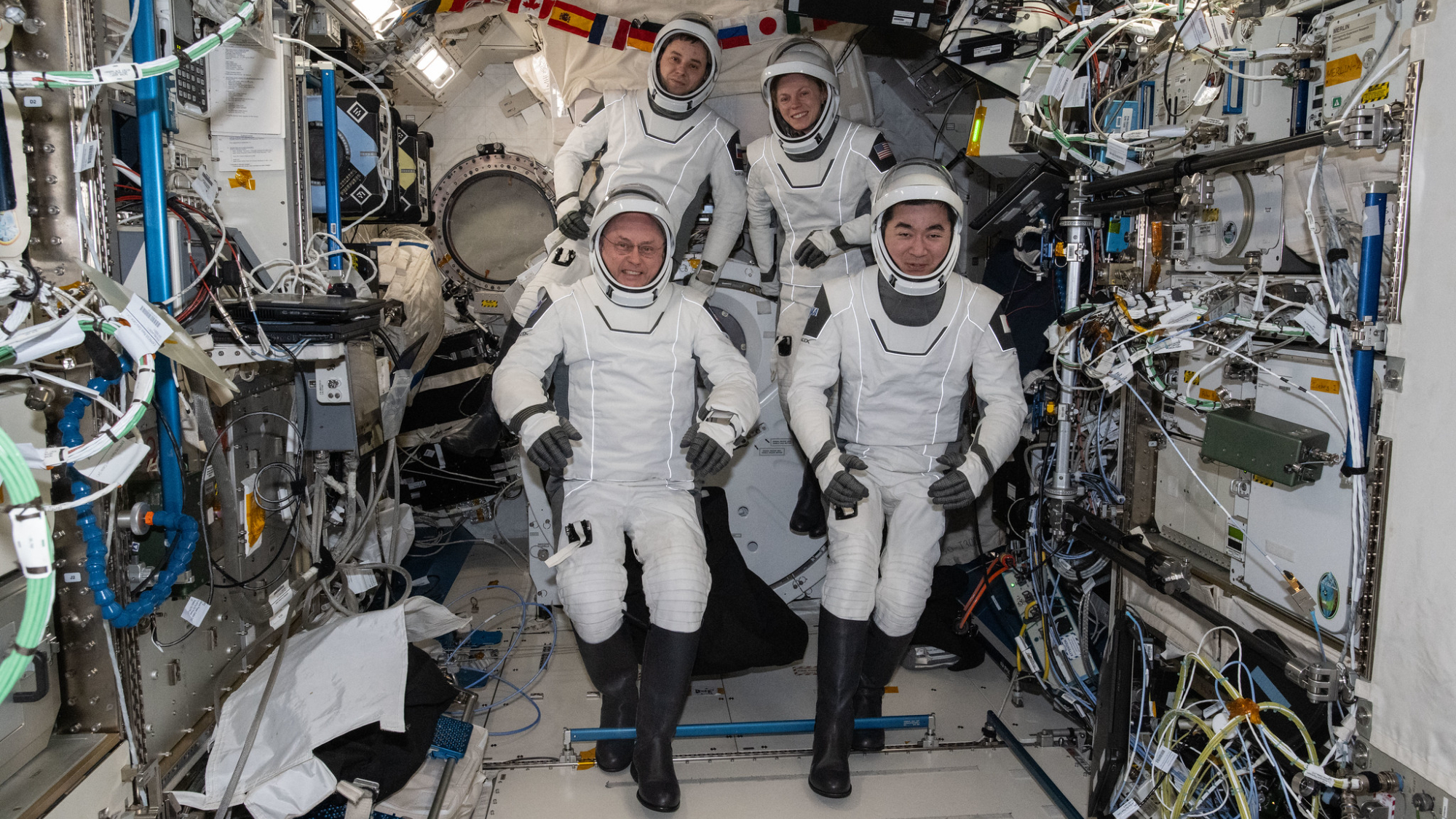NASA assigns 2 astronauts to fly on Boeing Starliner's 1st crewed mission

We now know who will get to take Boeing's Starliner capsule out for its first crewed test ride.
NASA astronauts Barry "Butch" Wilmore and Suni Williams will fly on Crew Flight Test (CFT), Starliner's first crewed mission to the International Space Station, the agency announced today (June 16). Wilmore will command the mission, with Williams serving as pilot and fellow NASA astronaut Mike Fincke training as backup pilot.
"Mike Fincke has dedicated the last nine years of his career to these first Boeing missions and Suni the last seven. Butch has done a marvelous job leading the team as the spacecraft commander since 2020," Reid Wiseman, chief of the Astronaut Office at NASA's Johnson Space Center in Houston, said in a statement.
Related: Boeing's Starliner, a next-generation spaceship
"It was great to see Starliner's successful journey to the International Space Station during the Orbital Flight Test 2 (OFT-2) mission last month," Wiseman added. "We are all looking forward to cheering on Butch and Suni as they fly the first crewed Starliner mission."
OFT-2 was an uncrewed shakeout cruise to the orbiting lab that launched on May 19 and landed on May 25. The success of that mission appears to have paved the way for CFT, although NASA and Boeing are still analyzing OFT-2 data to determine what fixes or upgrades, if any, will be needed before Wilmore and Williams can climb aboard Starliner.
Those data reviews are likely to continue for at least another month. NASA aims to complete a launch schedule assessment for CFT at the end of July, agency officials said in today's statement.
Breaking space news, the latest updates on rocket launches, skywatching events and more!
The test flight will lift off atop a United Launch Alliance Atlas V rocket from Cape Canaveral Space Force Station in Florida, as OFT-2 did. CFT is expected to last about two weeks, though that and other mission parameters are not set in stone; NASA could extend CFT's duration up to six months if needed, agency officials said in today's statement, and it could also add a third astronaut to the flight.
If all goes well with CFT, NASA will move to certify Starliner for operational crewed flights to and from the space station. Agency astronaut Jeannette Epps is training to fly on the first of those missions, which is called Starliner-1, NASA officials said in today's statement. But she's also training on SpaceX's Dragon capsule in case circumstances call for her to fly on that vehicle instead.
NASA signed astronaut-taxi contracts with both Boeing and SpaceX in 2014. SpaceX is already fully up and running, launching five crewed missions to the station with Dragon and the company's Falcon 9 rocket to date. That tally includes SpaceX's version of CFT, a two-person test flight called Demo-2 that lifted off in May 2020.
Mike Wall is the author of "Out There" (Grand Central Publishing, 2018; illustrated by Karl Tate), a book about the search for alien life. Follow him on Twitter @michaeldwall. Follow us on Twitter @Spacedotcom or on Facebook.

Michael Wall is a Senior Space Writer with Space.com and joined the team in 2010. He primarily covers exoplanets, spaceflight and military space, but has been known to dabble in the space art beat. His book about the search for alien life, "Out There," was published on Nov. 13, 2018. Before becoming a science writer, Michael worked as a herpetologist and wildlife biologist. He has a Ph.D. in evolutionary biology from the University of Sydney, Australia, a bachelor's degree from the University of Arizona, and a graduate certificate in science writing from the University of California, Santa Cruz. To find out what his latest project is, you can follow Michael on Twitter.
